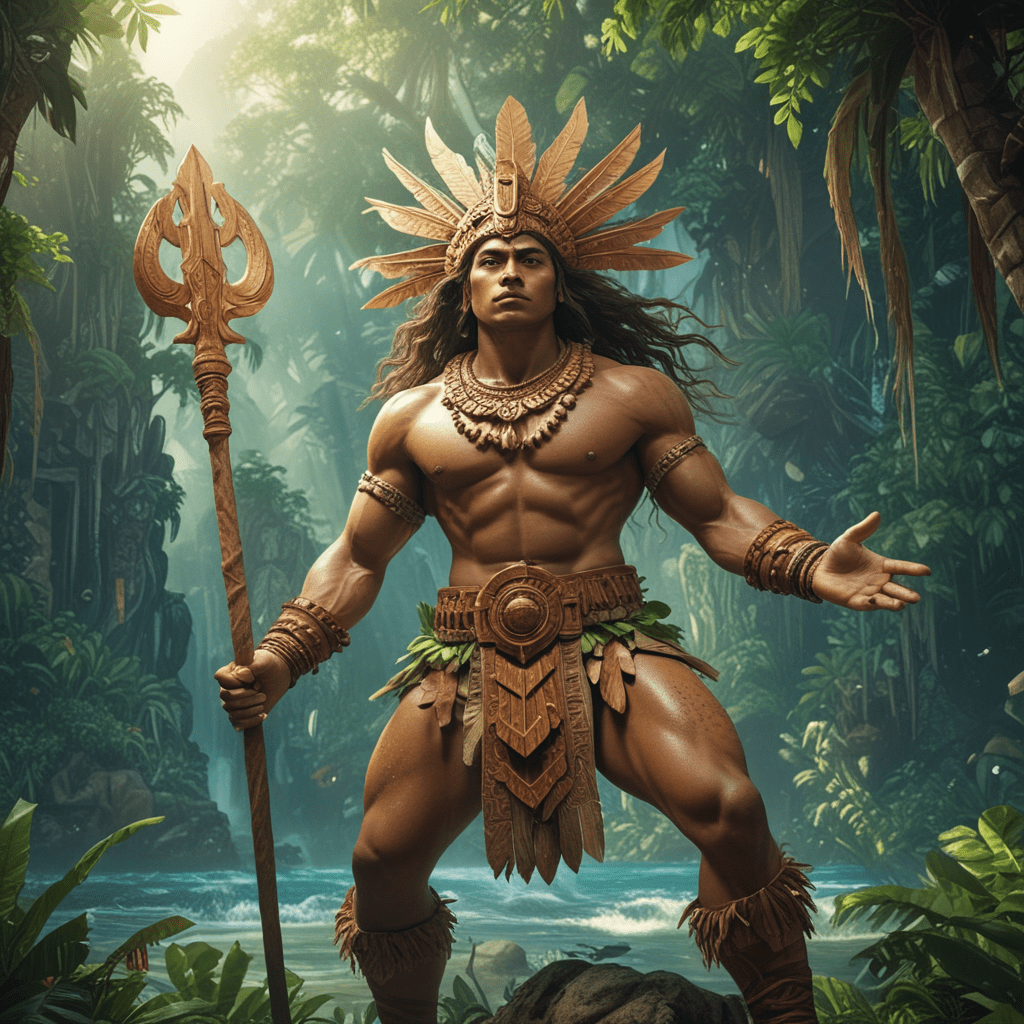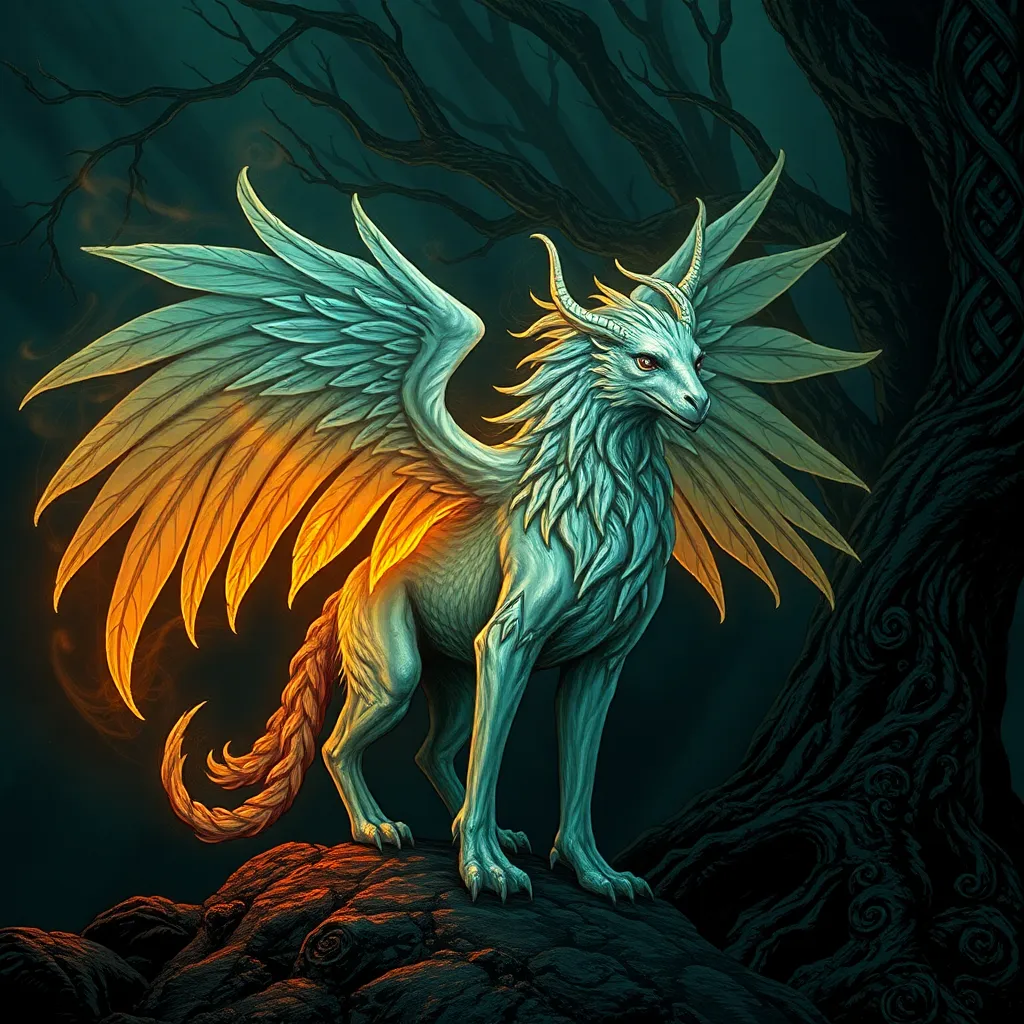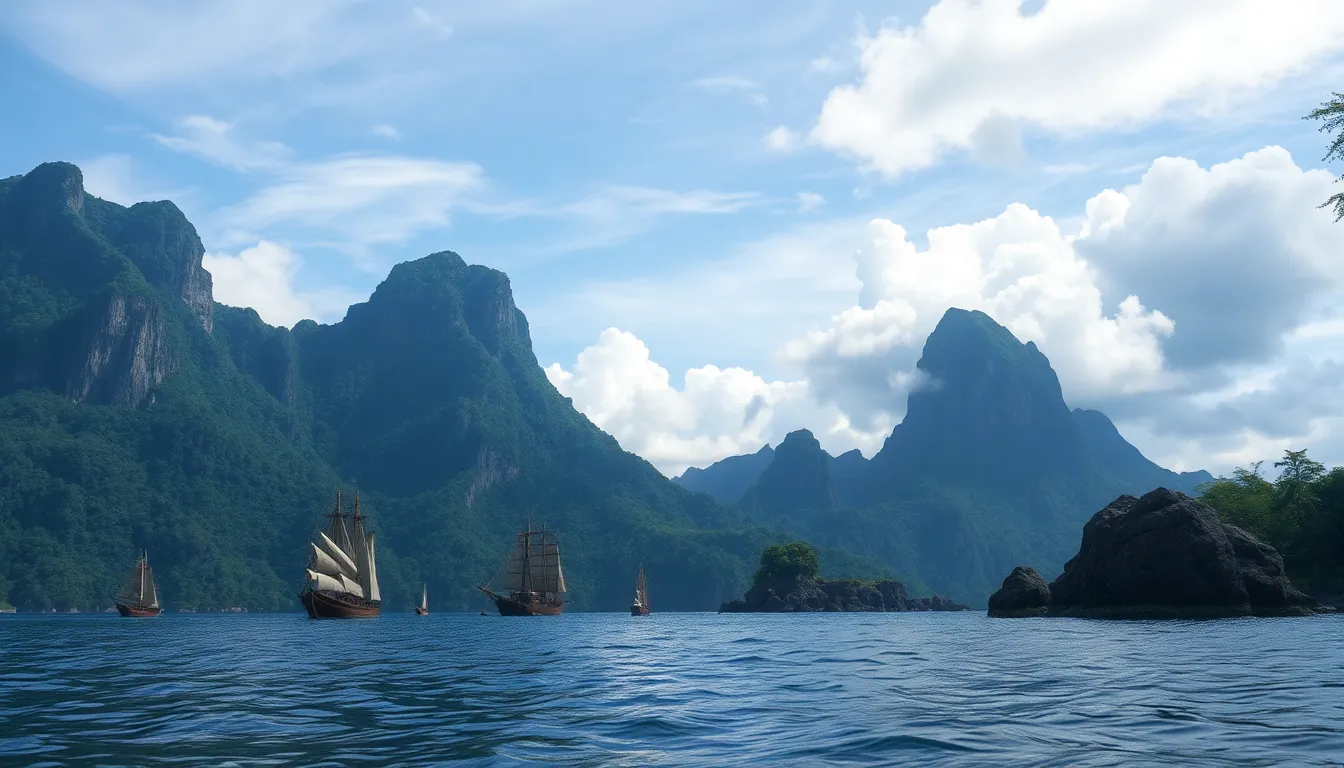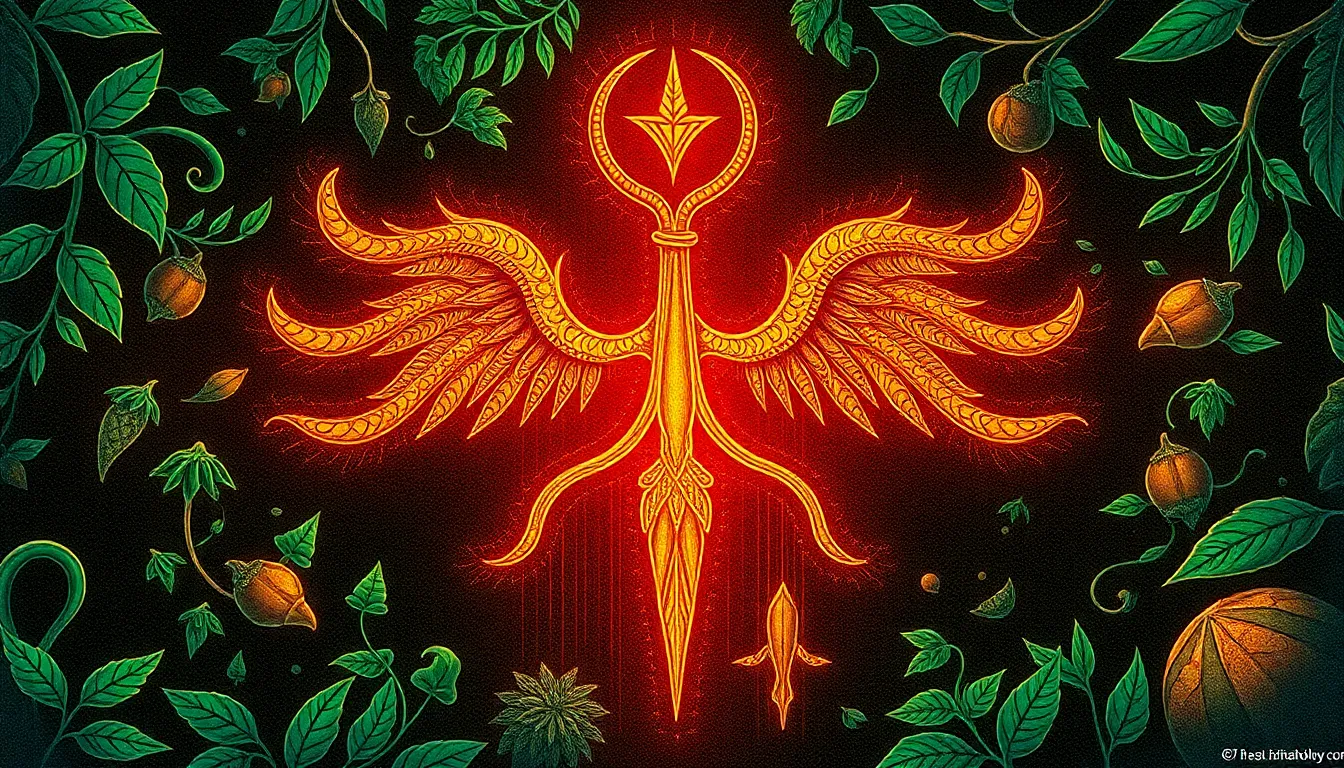Polynesian Mythology: Stories of Creation
Introduction
Polynesian mythology encompasses a rich tapestry of stories that weave together the origins of the world, the creation of humanity, and the celestial bodies. These tales, passed down through generations of oral tradition, provide a glimpse into the beliefs and values of the Polynesian people.
The Great God: Tangaroa
At the heart of Polynesian mythology lies Tangaroa, the supreme creator god. As the embodiment of the ocean, he is revered as the father of all life. It is said that from Tangaroa's vast expanse emerged the islands and seas that make up the Polynesian realm.
The Emergence of Land: Maui the Trickster
Maui, a legendary hero and trickster, plays a pivotal role in Polynesian creation myths. Through his cunning and determination, Maui is credited with fishing up the islands from the depths of the ocean. His exploits include lassoing the sun to slow its descent and creating the fire that sustains humankind.
The First Men and Women: Papa and Rangi
According to Polynesian beliefs, the first man and woman, Papa and Rangi, were born from the union of the earth and sky. Their children, the gods, became the progenitors of humanity. The separation of Papa and Rangi, a traumatic event known as the "Great Separation," created the distinct realms of the sky and the earth.
The Creation of Fire: Māui-tikitiki
Fire, a crucial element for survival, holds a prominent place in Polynesian mythology. Māui-tikitiki, a demigod and son of Maui, is credited with stealing fire from the underworld. His daring act brought light and warmth to humanity, allowing them to cook their food and ward off darkness.
The Sun and Moon: Hina and Marama
In Polynesian mythology, the sun and moon are personified by Hina and Marama, respectively. Hina, the mother of stars, is associated with fertility and navigation. Marama, the moon, is revered as a symbol of time and the cycles of life. Their cyclical dance across the sky is said to represent the eternal journey of the universe.
The Origin of Death: Miru-te-po
The concept of death holds great significance in Polynesian culture. Miru-te-po, the goddess of death, is believed to have been born from the void that existed before creation. She is responsible for guiding the souls of the deceased to the afterlife, known as Rarohenga.
The Underworld: Rarohenga
Rarohenga, the Polynesian underworld, is described as a vast and ethereal realm where the spirits of the dead reside. It is a place of transition, where souls await their final judgment and journey to their eternal destination.
The Creation of Stars: Tahi and Raka
The Polynesian heavens are adorned with countless stars, each with its own sacred significance. Tahi, the father of stars, and Raka, his consort, are believed to have scattered the stars across the night sky. These celestial bodies serve as guides for navigation, provide comfort during the night, and carry the stories of the gods and ancestors.
Conclusion: The Power of Polynesian Mythology
Polynesian mythology is a testament to the rich cultural heritage and spiritual beliefs of the Polynesian people. These stories not only provide a foundation for understanding the origins of the universe and humanity but also offer valuable insights into the values, customs, and worldview of this ancient civilization. The enduring power of Polynesian mythology continues to captivate and inspire people to this day, fostering a deep connection to the past and a reverence for the natural world.
FAQ
Q: Who is the supreme creator god in Polynesian mythology?
A: Tangaroa
Q: What is the name of the legendary trickster hero who fished up the islands from the ocean?
A: Maui
Q: Who is the goddess of death in Polynesian culture?
A: Miru-te-po
Q: What is the name of the Polynesian underworld?
A: Rarohenga



